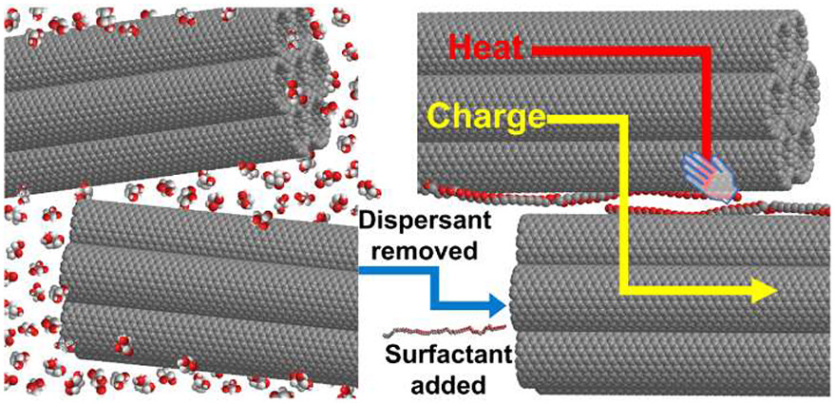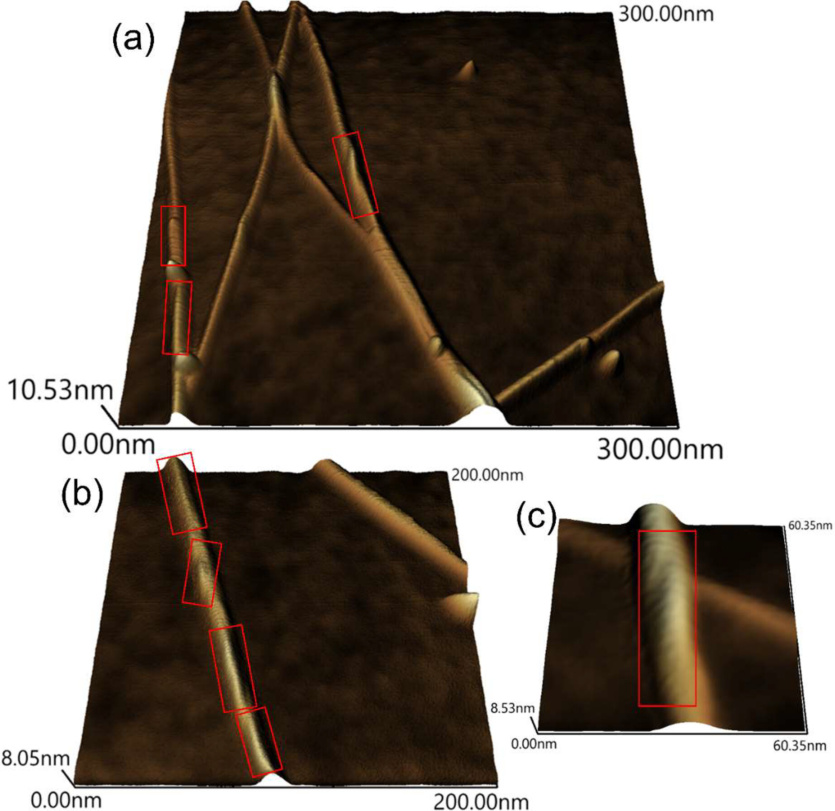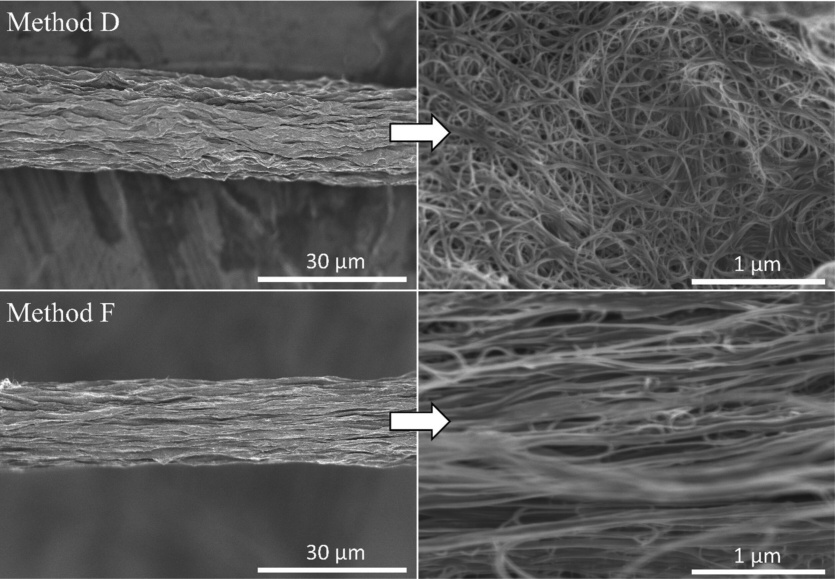With the development of wearable devices and the Internet of Things, a sustainable solution for powering wireless devices and sensors becomes important. One option could be thermoelectric generators, which convert heat into electricity. A research group led by Masakadzu Nakamura from the Nara Institute of Science and Technology (NAIST), Japan, is working on flexible thermoelectric generators that can be worn. This is achieved with the use of carbon nanotubes (CNTs) sewn into fabric.
Efficient thermoelectric materials generate voltage due to temperature differences. Carbon nanotubes meet many of the necessary requirements. Their flexibility and high mechanical strength make them promising for various applications. However, the high thermal conductivity of CNTs limits their thermoelectric performance. To reduce thermal conductivity, the tubes are dispersed in a solution and combined with other materials. Threads are then created from this material through a wet spinning process. However, conventional dispersion methods often entangle the threads of nanometer thickness, reducing their electrical conductivity and thermoelectric characteristics.
In a study published in ACS Applied Nano Materials, Nakamura, along with graduate student Anh N. Nguyen and other representatives from NAIST, developed a new method for dispersing CNTs. Using glycerin as a dispersant and polyoxyethylene (50) stearyl ether as a surfactant (which is used to improve the spreading and wetting properties of a liquid), researchers created fabric suitable for use.
"We are introducing an inexpensive, fast, and environmentally friendly method for developing wearable textile-type thermoelectric devices," says Nakamura.
Glycerin has high viscosity, making it an excellent medium for uniform dispersion, while the surfactant prevents CNT clustering in the dispersion. Surfactants with oxyethylene groups also inhibit heat exchange.



The concentration of the surfactant is crucial, as it affects both the thermal and electrical conductivity of the dispersion. The process, which lasted only three hours and used environmentally friendly chemicals, produced yarn made of CNTs with aligned bundles of 8 nm in diameter with the surfactant in between. Aligning CNTs usually increases both electrical and thermal conductivity. However, by placing surfactant molecules between the bundles, researchers were able to suppress heat transfer. Therefore, the proposed new approach is promising for improving the thermoelectric characteristics of carbon nanotubes and materials made from them, from threads to films and bulk structures.
Source: NAIST













Comments (0)
There are no comments for now